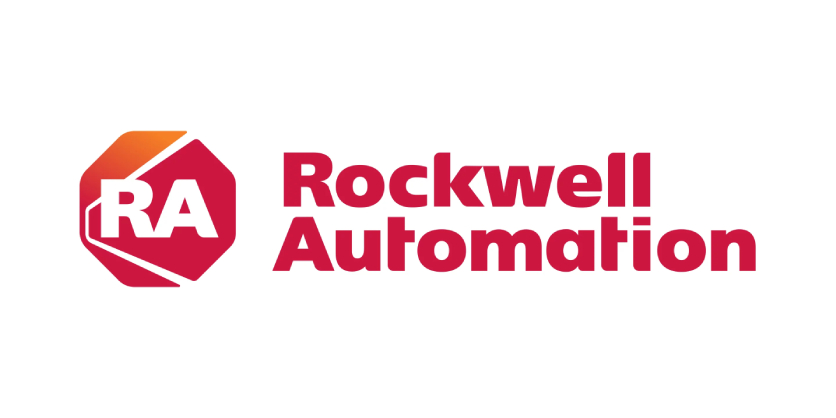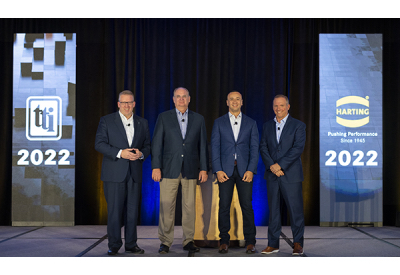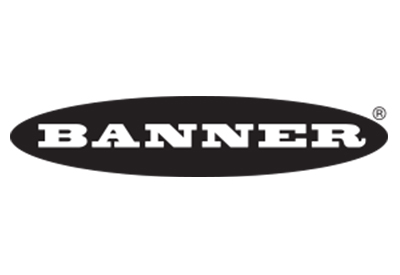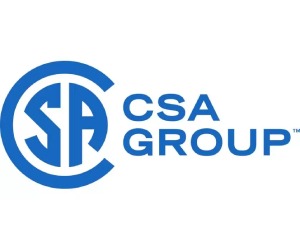Rockwell Automation and NEO Battery Materials to Collaborate on Automation of New 240-ton Silicon Anode Facility in North America
February 13, 2025

Rockwell and NEO will collaborate on automation solutions
Rockwell Automation, Inc., one of the world’s largest companies dedicated to industrial automation and digital transformation, is pleased to work with Toronto, Ontario-based silicon anode active materials company, NEO Battery Materials. The collaboration aims to deliver solutions to aid the battery material manufacturer on its first North American facility, a 240-ton facility with the capacity to grow up to 5,000 tons of silicon anode material per year in Windsor, Ontario.
This opportunity is significant for the battery value chain as the securing of the critical battery materials market has been a key focus of governments and downstream manufacturers globally. This makes recipients of these funds highly motivated to get started building critical infrastructure as part of the North American value chain. A key player in the industry, Rockwell Automation, and NEO will collaborate on automation solutions to make the planned Windsor silicon facility a creative manufacturing differentiator across the battery value chain.
Silicon anode materials are a promising technology with the potential to revolutionize the battery industry, gaining significant traction due to their advantages over traditional graphite anodes. Silicon can theoretically store more than 10 times the capacity than graphite given the same mass, resulting in increased battery range and performance. Silicon anodes also offer ultra-fast charging capabilities compared to their graphite counterpart.
“Teaming up with Rockwell Automation was a strategic step to help us scale our battery materials commercialization and production,” said Spencer Huh, president and chief executive officer, NEO Battery Materials. “The value proposition provided by utilizing solutions from Rockwell will help grow and streamline production, delivering the highest quality products to our customers.”
“We are excited to grow the auto and EV battery category in our industry,” said Brian Holte, regional vice president, North America, sales strategy and transformation, Rockwell Automation. “Supporting NEO’s growth is a strategic imperative for us as we continue to establish our products and solutions to scale the company’s output with higher efficiencies and ultimately growth to both company’s bottom lines.”
As NEO grows its capabilities, it envisions to expand operations in the United States to pursue silicon anode manufacturing activities and value-added projects, where Rockwell Automation is engaged to help launch further facilities in Ohio, Kentucky, Tennessee and Georgia in the future.
Related Story
Rockwell’s Three Smart Factory Trends that Pay Big Dividends
Rockwell Automation has seen manufacturers around the globe investing billions of dollars in smart manufacturing and production plants. Industry experts project the demand for smart factories will double by 2032 to $322 billion because of the increased return on investment.
At the heart of smart factories are smart motor control centers (MCCs). These industrial control units contain networked motor control technology, power distribution and electrical switchgear to manage critical factory equipment and provide a constant flow of data from the equipment.
Rockwell Automation is one of the smart motor control centre market share leaders in North America – following NEMA standards. And the company introduced the FLEXLINE™ 3500 low voltage MCC for customers in Europe, Asia, Middle East and South America – following IEC standards.




